Kodak Fortress: A Bastion on the Dnipro
In 1635, by order of the Polish King Władysław IV, the Kodak Fortress was built on the right bank of the Dnipro River, near the Dnipro rapids. The construction was overseen by the French engineer Guillaume Le Vasseur de Beauplan, who was renowned for his fortifications throughout the Polish-Lithuanian Commonwealth.
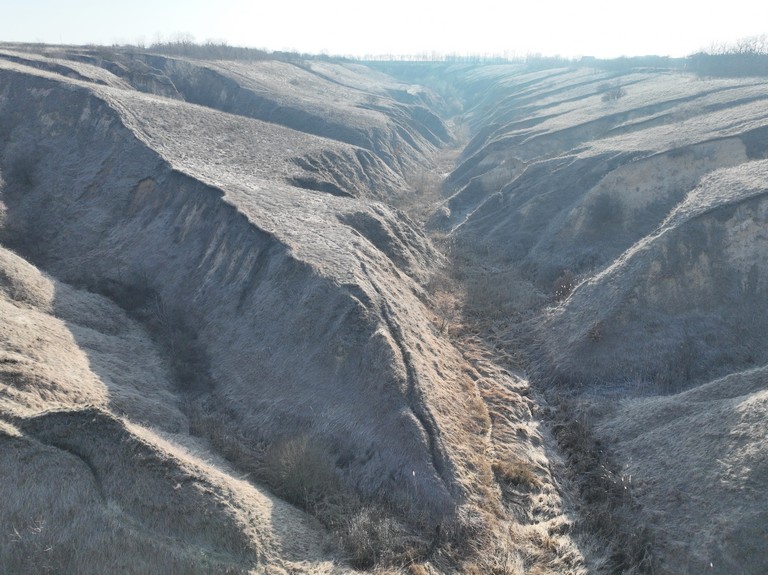
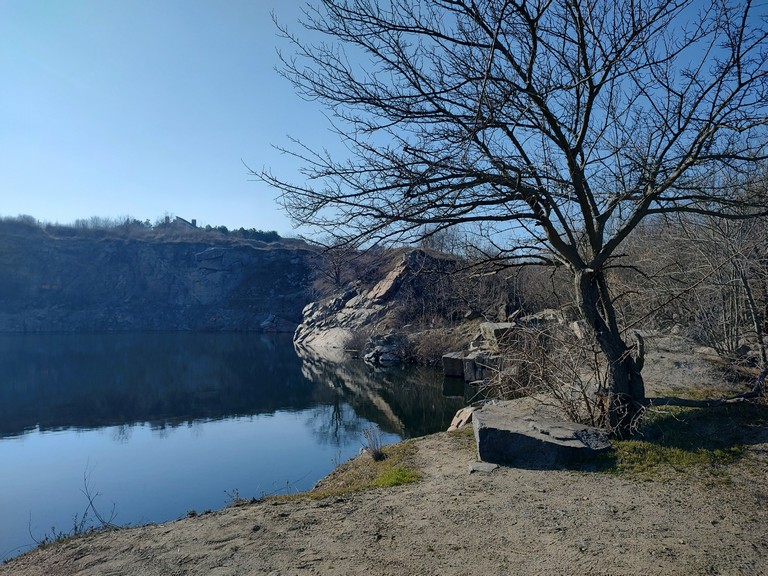
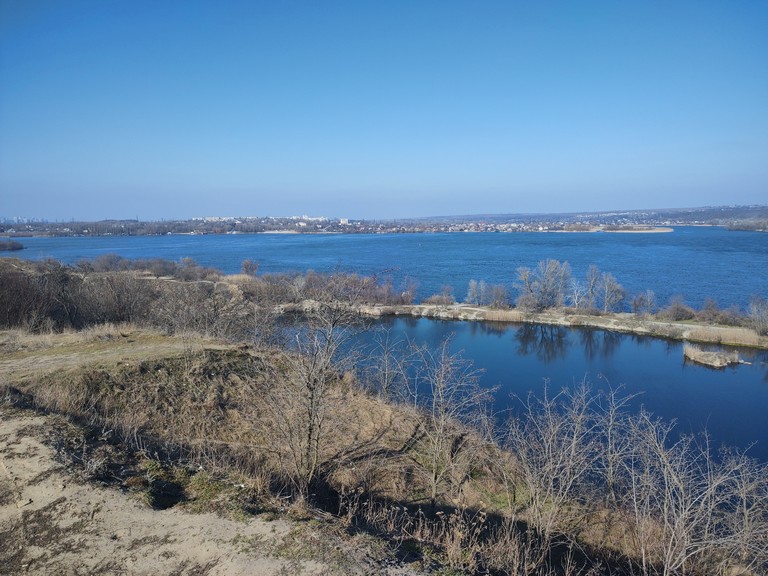
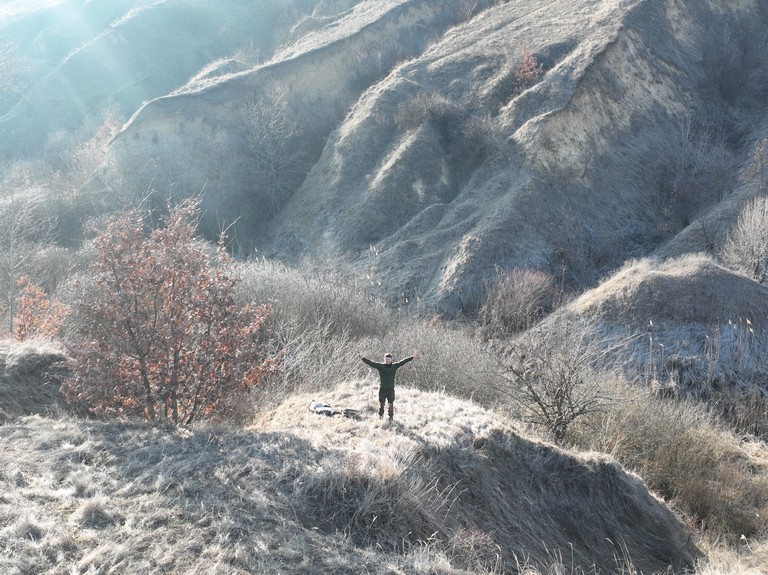
The fortress held strategic importance as it blocked the route from Zaporizhzhia to Kyiv and Volhynia, restricting the movement of the Zaporizhian Cossacks. It was well-fortified, featuring earthen ramparts, bastions, a moat, and a garrison of Polish troops.
However, on the night of August 5, 1635, a detachment of Zaporizhian Cossacks led by Ivan Sulyma launched a swift night assault, annihilated the garrison, and destroyed the fortress. This event became one of the first armed uprisings of the Cossacks against Polish rule.
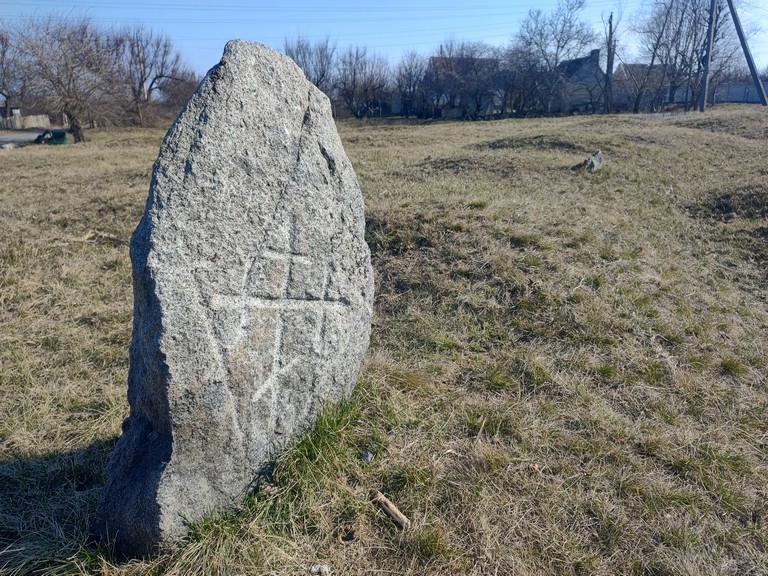
In 1645, the Poles rebuilt Kodak and significantly reinforced its fortifications. The fortress played a crucial role during Bohdan Khmelnytsky’s National Liberation War (1648–1657). However, after Left-Bank Ukraine was annexed by the Muscovite Tsardom, Kodak gradually lost its importance and fell into decline.
Legends of Kodak
Sulyma’s Treasure
According to local lore, during the 1635 assault, Ivan Sulyma ordered his Cossacks to hide part of their loot in the fortress’s underground passages. Some believe that these treasures remain buried somewhere beneath the ground.
The Ghost of the Fortress
Residents tell of a ghostly Cossack warrior wandering the ruins at night, guarding the ancient secrets of Kodak. Some claim to have seen the shadow of a hetman-like figure, which vanishes at dawn.
The Cossack Grave
Legend has it that near the ruins of Kodak lies a mass grave of Cossacks who perished defending the fortress. Some historians suggest that this site may still contain undiscovered 17th-century burials.
Kodačka Balka
Kodačka Balka is an integral part of the historical and geographical landscape of Staryi Kodak. This natural ravine, formed by erosion, acted as a natural barrier, protecting the fortress from enemy attacks. Due to its shape, the balka provided an additional defensive line, where Cossacks could position themselves during battles.
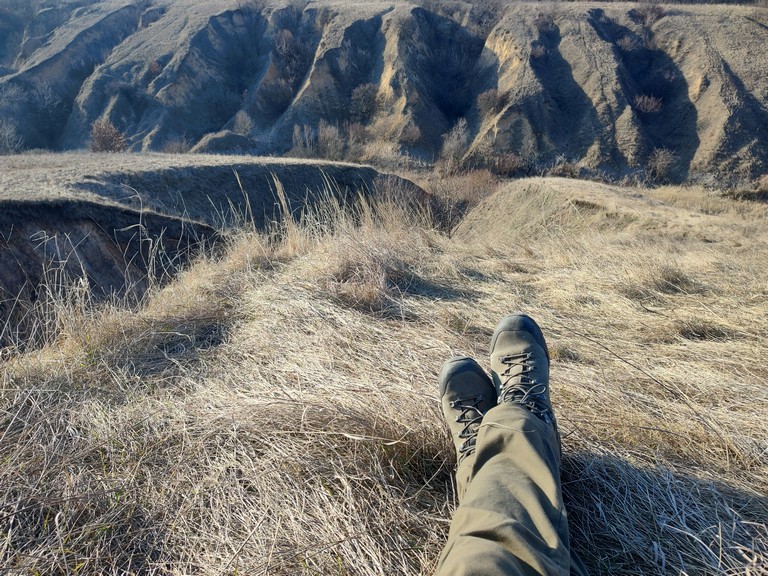


According to local legends, the depths of Kodačka Balka held the secrets of the Cossacks—ranging from unknown hiding places to potential treasures that may still await discovery. Today, this place attracts archaeologists, historians, and tourists eager to immerse themselves in the atmosphere of the Cossack era and experience the grandeur of nature, which has witnessed countless historical events.
Staryi Kodak Today
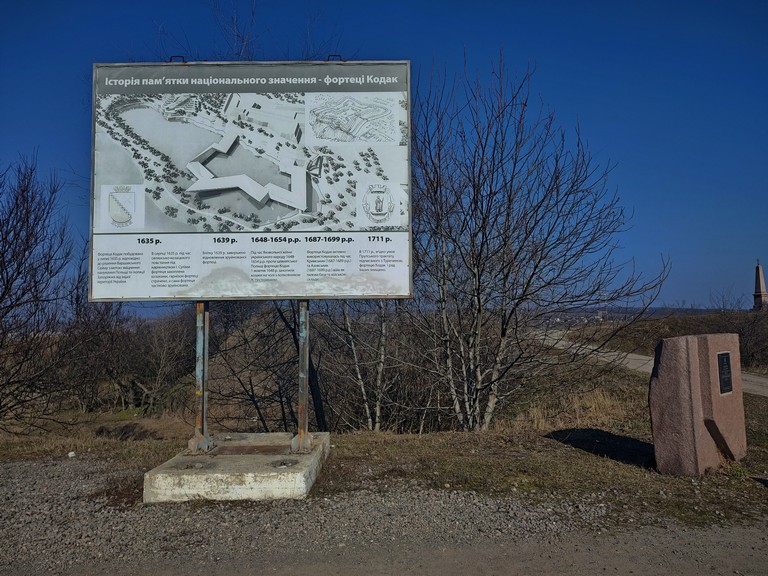
Today, Staryi Kodak is a historical landmark where the remnants of the fortress walls have been preserved. The site attracts archaeologists, historians, and tourists who come to witness the ruins and experience the spirit of the Cossack era. Every year, historical reenactments and festivals dedicated to the glorious past of the Zaporizhian Sich are held here.

